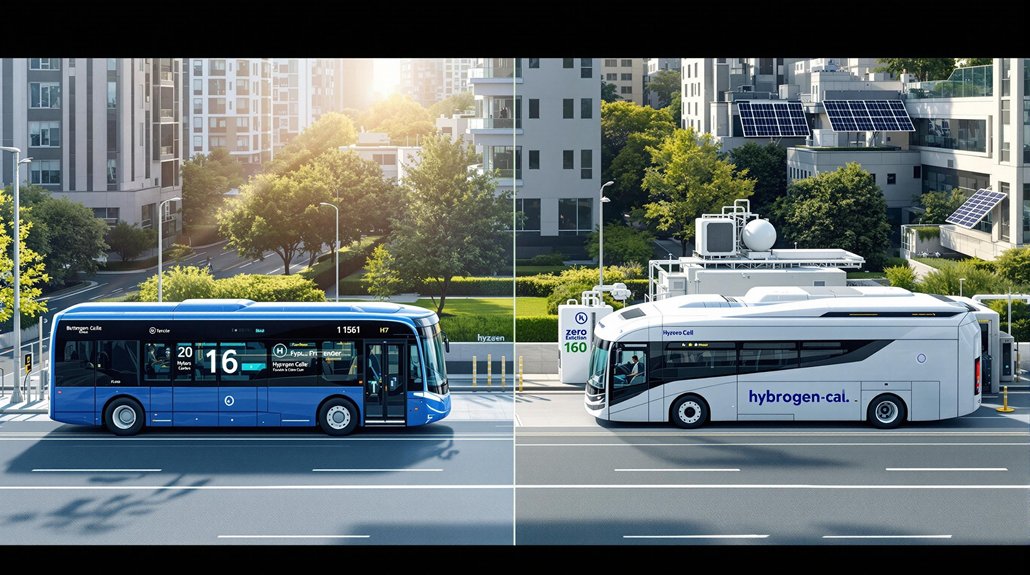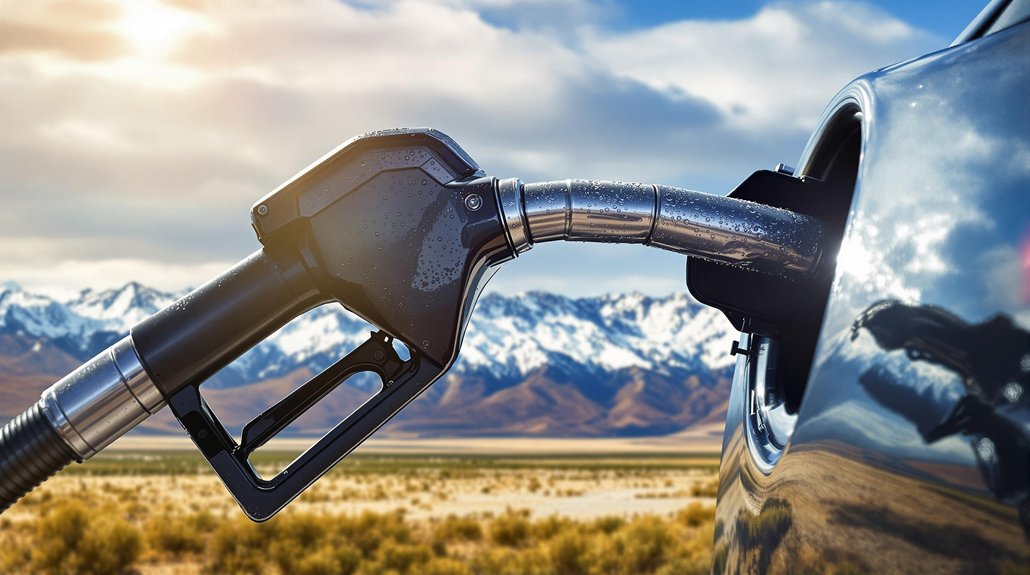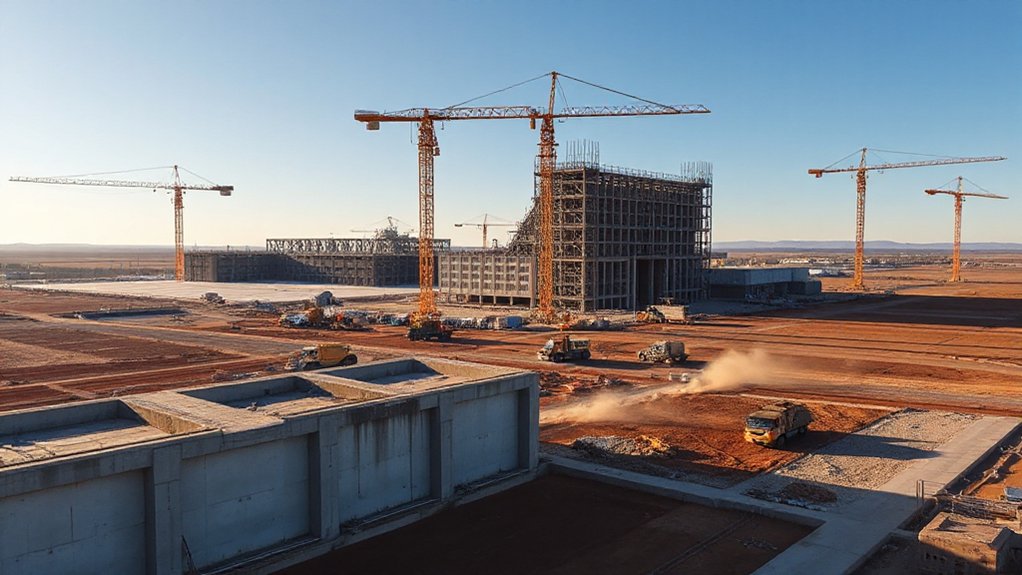The race to transform public transit is heating up. Battery-electric buses currently lead the market, offering proven technology for urban routes. Meanwhile, hydrogen fuel cell vehicles boast longer ranges and faster refueling times. The U.S. government’s recent investment in hydrogen hubs signals growing interest in both technologies. Transit authorities now face a critical choice that will shape transportation for decades. Which zero-emission option will ultimately prevail? The answer isn’t as simple as it might seem.
Public transit agencies across the world are facing a critical choice in their quest to reduce emissions. They must decide between two clean technologies: battery-electric buses or hydrogen fuel cell vehicles. Both options eliminate tailpipe pollution, but they work differently. Battery buses store electricity directly and need grid recharging. Hydrogen buses create electricity onboard from hydrogen gas stored at high pressure.
Battery-electric buses gained an early lead in the market over the past decade. They’ve been widely adopted in cities with strong charging infrastructure. However, hydrogen technology is quickly catching up. Recent investments show growing interest, particularly in Europe and the United States. The U.S. government recently committed $7 billion to develop regional hydrogen hubs, which will help build the necessary fueling network.
Cost remains a key factor in the competition. Both technologies cost more upfront than traditional diesel or natural gas buses. Over time, though, they save money through lower fuel and maintenance expenses. For large fleets, hydrogen fueling stations can actually be cheaper to build than massive charging facilities.
Still, European hydrogen bus programs have faced challenges with station construction delays and fuel supply issues. The technologies also differ in performance capabilities. Hydrogen buses typically travel farther on a single fill-up compared to battery buses on one charge. They’re better suited for longer routes or hilly terrain. Facility design considerations are critical when implementing hydrogen systems due to the unique properties of lighter-than-air gases. The current market shows a significant difference in adoption, with nearly 6,000 battery electric buses in service or on order compared to fewer than 400 hydrogen buses.
Battery buses work well for shorter, urban routes. Hydrogen vehicles refuel quickly, similar to diesel buses, while battery buses need longer charging periods. Infrastructure development continues to be a hurdle for both technologies. Battery buses need extensive charging networks with sufficient grid capacity.
Hydrogen buses require specialized fueling stations and reliable fuel delivery systems. The U.S. clean hydrogen hub program aims to address these challenges for hydrogen. As cities continue their shift to zero-emission fleets, the competition between these technologies will likely intensify, with each finding its place based on specific transit needs and local conditions. Battery-powered transit solutions benefit from the larger revolution in energy storage technology that has dramatically improved efficiency and lowered costs across all sectors.








